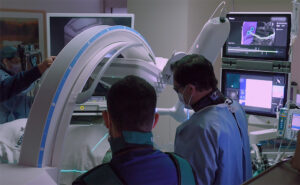Paralyzed Diaphragm (Diaphragmatic Paralysis)
Paralyzed Diaphragm (Diaphragmatic Paralysis)
Schedule An Appointment
Saint John's: A Legacy of Care Excellence - 30 Major Healthcare Awards for 2023 and 2024 including COPD, Treatment of Pneumonia, Lung Cancer Surgery, and Pulmonology




